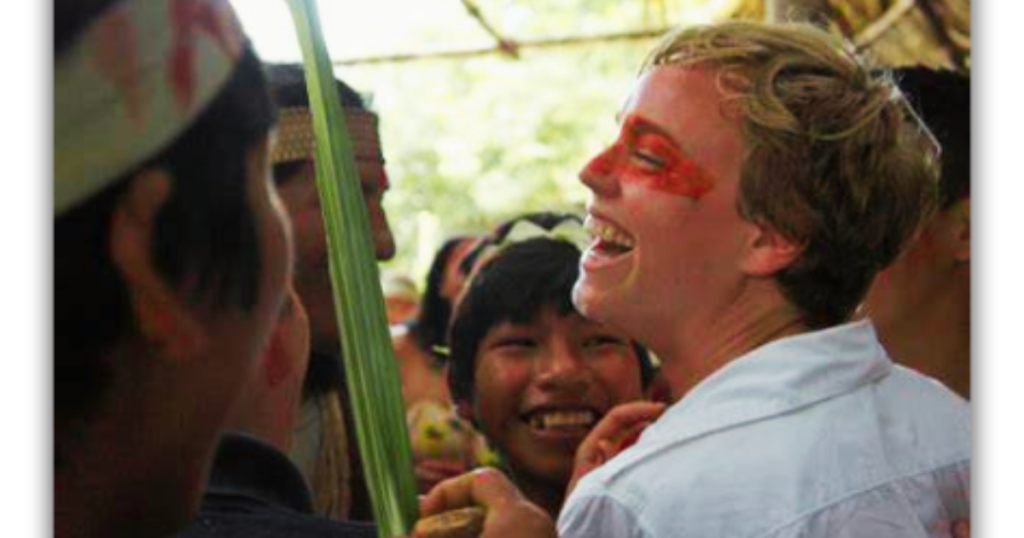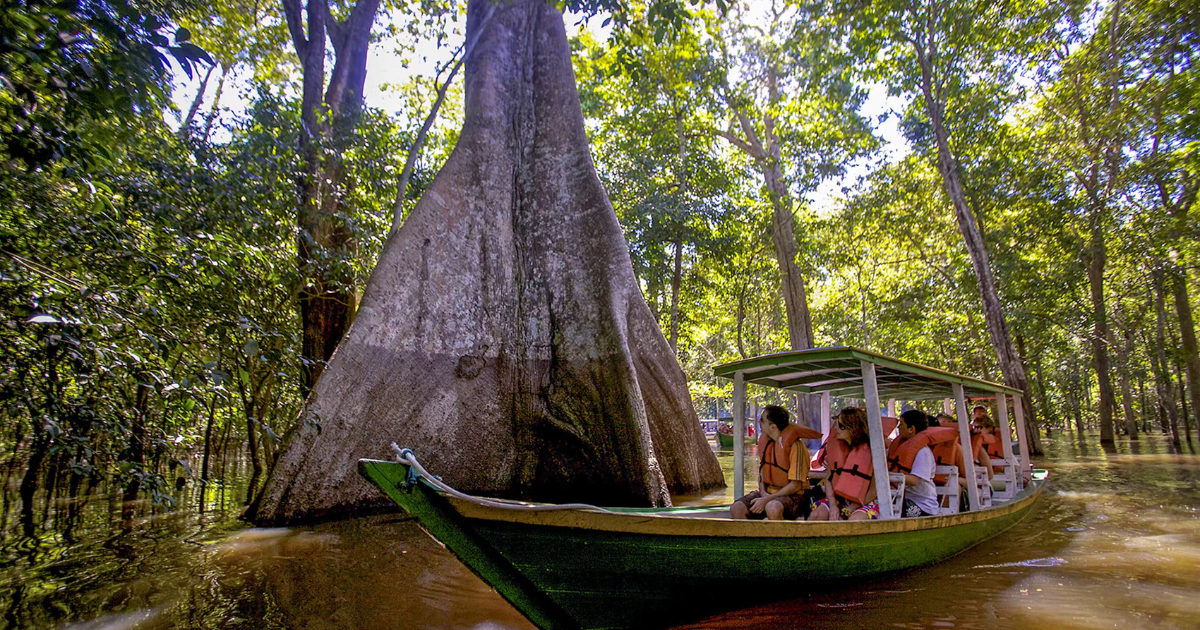The Amazon rainforest, often hailed as the “lungs of the Earth,” is not only an ecological treasure trove but also a cultural haven for the indigenous peoples who have lived there for centuries. These communities are the custodians of ancient traditions and practices, intricately tied to the health of the rainforest and its vast biodiversity. Exploring their cultural heritage and role in conservation sheds light on why their existence is crucial for the Amazon and the world.
The Rich Cultural Heritage of Indigenous Peoples
Deep Connection to the Land
Indigenous communities view the Amazon as more than just a home; it’s a spiritual entity. Every tree, river, and animal holds cultural and religious significance, reflected in their myths, rituals, and daily practices.
Diverse Languages and Traditions
With over 400 distinct groups and languages, the Amazon’s indigenous population is incredibly diverse. Each tribe has unique customs, crafts, and oral histories passed down through generations.
Traditional Knowledge Systems
Indigenous peoples possess extensive knowledge of medicinal plants, sustainable agriculture, and forest management techniques. This expertise, developed over millennia, is invaluable for modern conservation efforts.
Challenges Faced by Indigenous Communities

Deforestation and Land Encroachment
Illegal logging, agriculture, and mining threaten the land that these communities depend on. This not only impacts their livelihoods but also disrupts the delicate ecological balance of the rainforest.
Loss of Cultural Identity
Globalization and external pressures have led to the erosion of indigenous traditions, languages, and lifestyles. Younger generations often face challenges in preserving their cultural identity.
Legal and Political Barriers
Despite international recognition of their rights, many indigenous groups struggle to gain legal protection for their ancestral lands. This leaves them vulnerable to exploitation and displacement.
Role in Conservation Efforts
Guardians of Biodiversity
Indigenous territories in the Amazon often overlap with areas of high biodiversity. Studies show that these lands are better preserved than other parts of the rainforest, thanks to traditional stewardship.
Partnerships in Modern Conservation
Collaboration between indigenous communities and environmental organizations has proven effective in combating deforestation and promoting sustainable practices. Initiatives like eco-tourism and forest monitoring are driven by indigenous knowledge.
Climate Change Mitigation
By protecting the Amazon, indigenous peoples play a vital role in regulating global carbon levels. Their sustainable practices contribute to reducing deforestation and its associated emissions.
Read Also
Visit Germany and Poland from the United States with our toddler
How Can We Support Indigenous Communities?
Advocacy for Land Rights
Supporting policies that recognize and protect indigenous territories is crucial for their survival and the health of the Amazon.
Promotion of Indigenous Knowledge
Encouraging the inclusion of traditional knowledge in global conservation strategies can lead to more effective solutions.
Economic Opportunities
Providing sustainable income sources, such as fair-trade crafts or eco-tourism, can empower indigenous communities while preserving their way of life.
Conclusion
The indigenous peoples of the Amazon are not just inhabitants of the rainforest—they are its lifeblood. Their cultural heritage and conservation practices are essential for maintaining the Amazon’s ecological integrity. Protecting their rights and traditions is not just a moral imperative; it is key to ensuring the survival of one of the planet’s most vital ecosystems.
FAQs
1. How many indigenous groups live in the Amazon rainforest?
There are over 400 distinct indigenous groups in the Amazon, each with unique languages and traditions.
2. What is the role of indigenous peoples in Amazon conservation?
Indigenous communities sustainably manage their territories, preserving biodiversity and protecting the rainforest from deforestation.
3. Why is indigenous knowledge important for modern conservation?
Traditional practices provide insights into sustainable resource management, making them invaluable for combating climate change and deforestation.
4. What challenges do indigenous peoples face in the Amazon?
They face threats such as deforestation, land encroachment, cultural erosion, and inadequate legal protections for their territories.
5. How can I support indigenous communities in the Amazon?
You can support by advocating for their land rights, promoting fair-trade indigenous products, and donating to organizations working for their welfare and conservation efforts.

